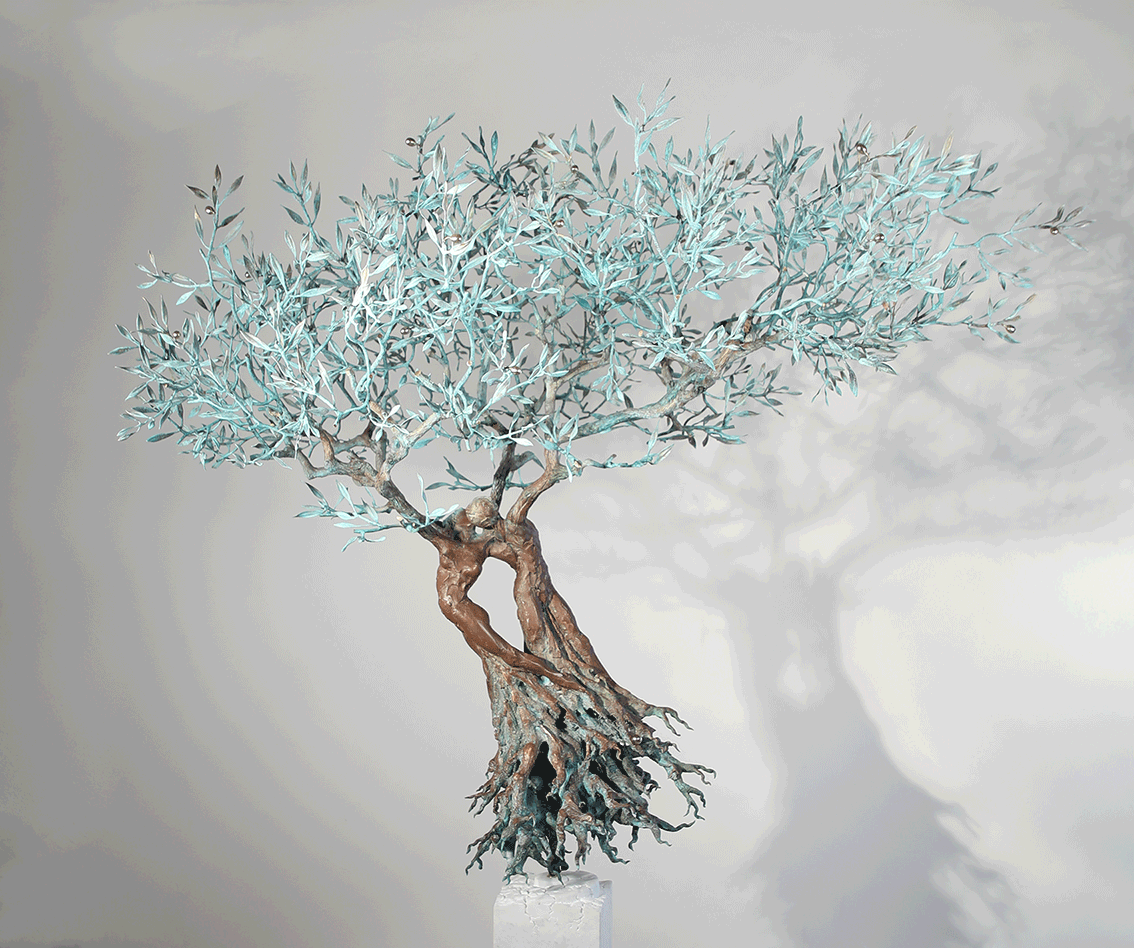Part of us is on the ground
but most of us is above the sky

Call me not wise unless you call all men wise. A young fruit am I, still clinging to the branch and it was only yesterday that I was a blossom. And call none among you foolish for we are neither wise nor foolish. We are green leaves upon the tree of life and surely life itself is beyond wisdom and surely beyond foolishness.
Kahlil Gibran, The Garden of The Prophet
Most certainly among the symbols of greatest interest in Western iconography, the Tree of Life appears in virtually all the most ancient religions, including Babylonian, Indian and Jewish traditions (i.e. the Tree of Knowledge of Good and Evil in the Old Testament).
This motif is so widespread among European and Asian cultures that it is almost impossible to find a single civilization where it is not known and portrayed in at least some artistic works. Apparently, the earliest artistic portrayals are those found in ancient Mesopotamia (e.g. the magnificent Assyrian bas-reliefs), where the Tree of Life was part of the main ritual performed by the Babylonian king.
It is believed that these representations have subsequently originated, by contiguous dissemination, all other trees of life found in cultures and arts of neighboring areas, throughout Mediterranean, Asian, and Nordic regions. In essence, it is a metaphysical motif, a traditional and primordial symbol inherited by all men, whose meaning derives mainly from those pagan populations that, from the East, spread out across the Eurasian and North African continents, giving rise to the different civilizations that have developed, thrived and followed one another over the course of history.
The leitmotif of Andrea Roggi's works, metaphorically represented by the Tree of Life, both in its iconographic meaning and as a symbol of plant life, is depicted by taking inspiration from the natural surroundings of his atelier in Castiglion Fiorentino, made of century-old olive and cypress trees. As human figures integrate with the plant forms, they fuse into a seamless whole imbued with a sort of magic realism, where the diverse elements blend together creating artworks dazzling with intricate detailing and charm. Through the iconography of the Tree of Life, Andrea Roggi communicates a sense of belonging to the native land.

